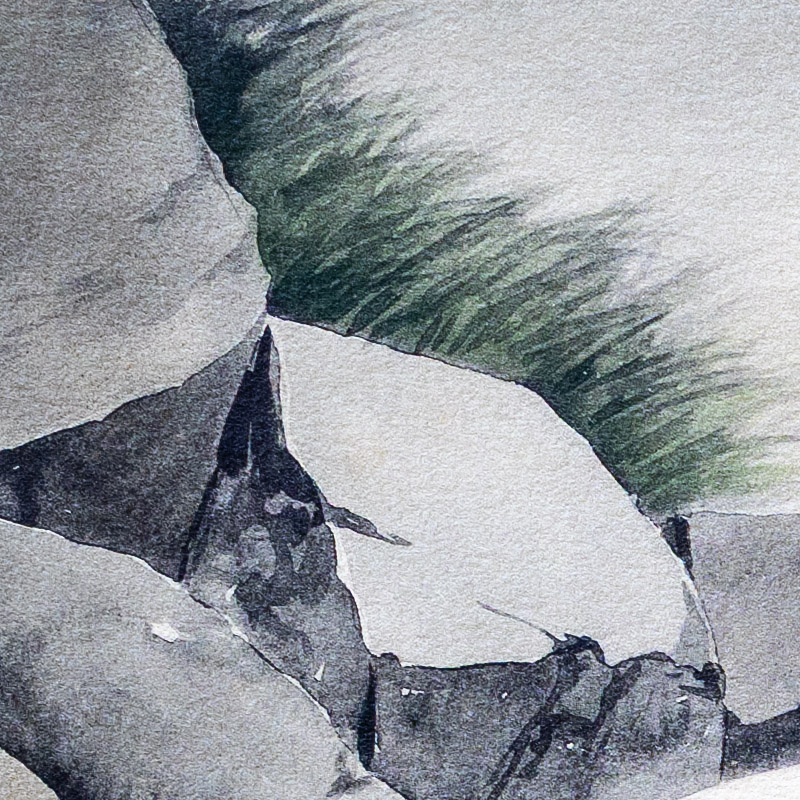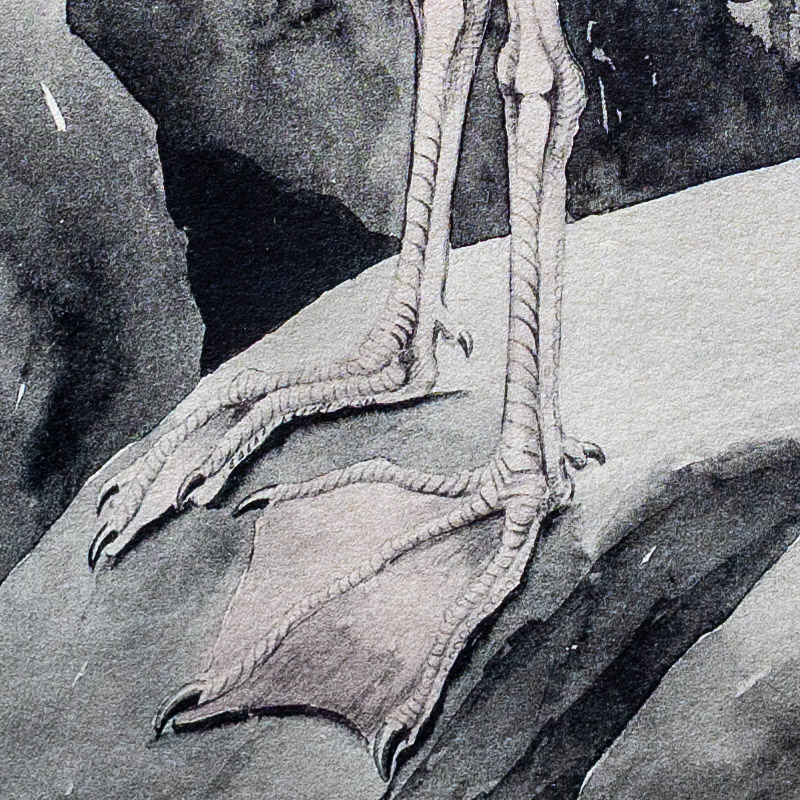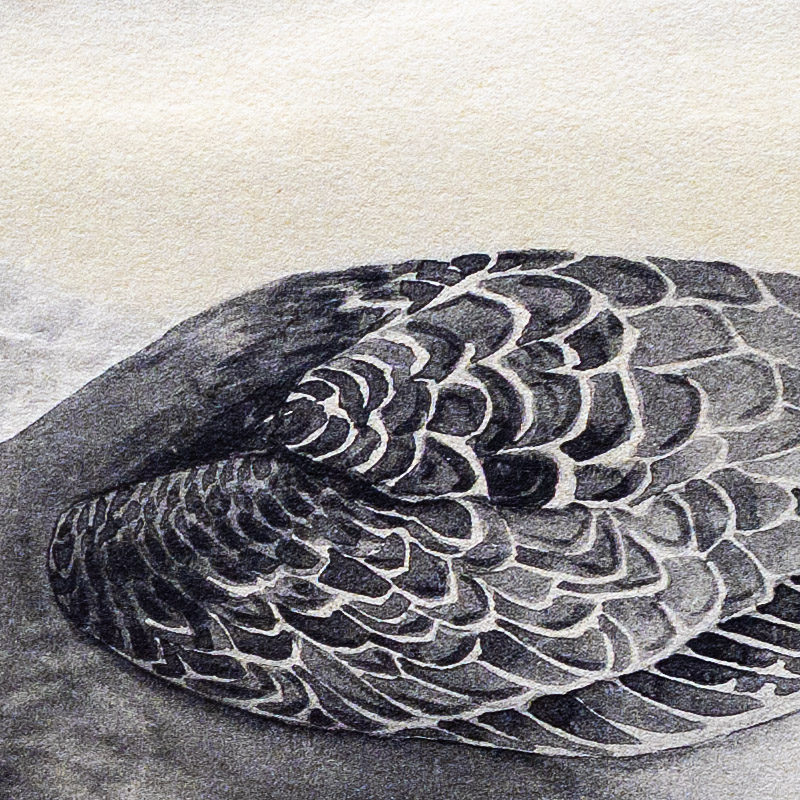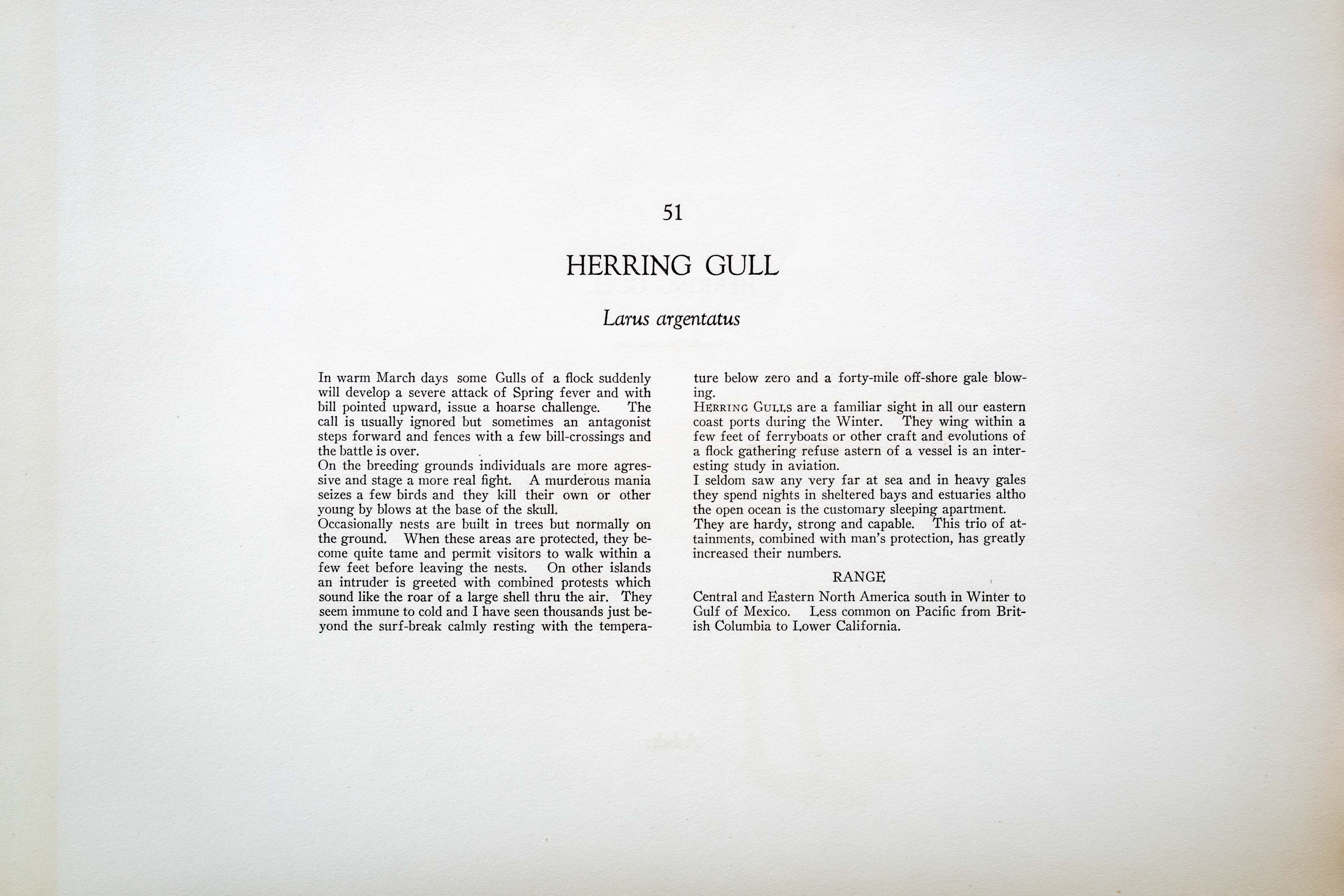






Unknown
1932
1
51
A team of dedicated board members, volunteers, and student interns has published every page in Volume 9. This volume includes 360 images of paintings and lyrical descriptions of birds, now available online for everyone to enjoy anywhere in the world. This is a monumental task. Each volume requires approximately 400 hours to photograph, edit, transcribe, catalog, and publish online. We need your support to complete this work.
If you're tech-savvy, have a good eye, are meticulous with details, and love structured data, please consider volunteering by emailing us at hello@rexbrasher.org.
We encourage all bird lovers and supporters to consider a monetary donation to support our mission to make Rex's work available for everyone. You can provide a one-time or recurring donation online.
In warm March days some Gulls of a flock suddenly will develop a severe attack of Spring fever and with bill pointed upward, issue a hoarse challenge. The call is usually ignored but sometimes an antagonist steps forward and fences with a few bill-crossings and the battle is over.
On the breeding grounds individuals are more aggressive and stage a more real fight. A murderous mania seizes a few birds and they kill their own or other young by blows at the base of the skull.
Occasionally nests are built in trees but normally on the ground. When these areas are protected, they become quite tame and permit visitors to walk within a few feet before leaving the nests. On other islands an intruder is greeted with combined protests which sound like the roar of a large shell thru the air. They seem immune to cold and I have seen thousands just beyond the surf-break calmly resting with the temperature below zero and a forty-mile off-shore gale blowing.
HERRING GULLS are a familiar sight in all our eastern coast ports during the Winter. They wing within a few feet of ferryboats or other craft and evolutions of a flock gathering refuse astern of a vessel is an interesting study in aviation.
I seldom saw any very far at sea and in heavy gales they spend nights in sheltered bays and estuaries altho the open ocean is the customary sleeping apartment.
They are hardy, strong and capable. This trio of attainments, combined with man's protection, has greatly increased their numbers.
Central and Eastern North America south in Winter to Gulf of Mexico. Less common on Pacific from British Columbia to Lower California.